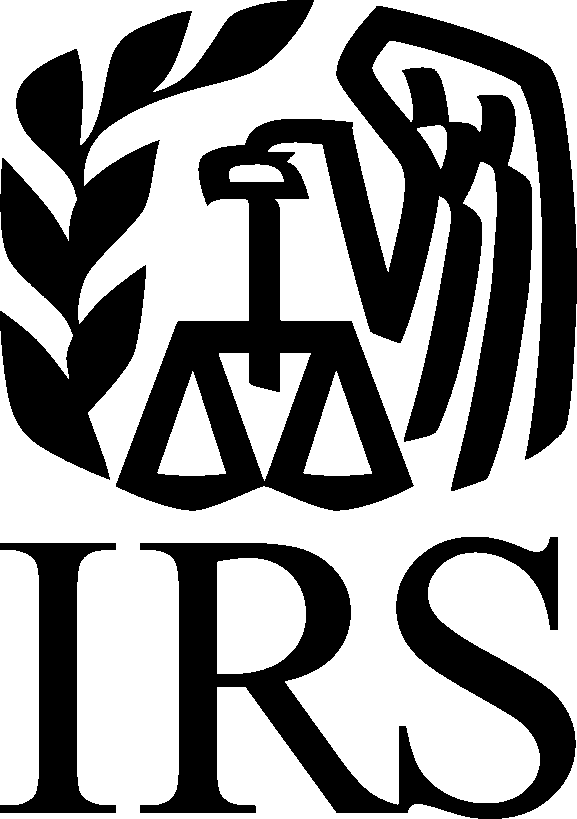
401(k) limit increases to $23,500 for 2025, IRA limit remains $7,000
By Staff Report, posted Nov 1, 2024 on BizFayetteville.com

The Internal Revenue Service announced today that the amount individuals can contribute to their 401(k) plans in 2025 has increased to $23,500, up from $23,000 for 2024.
The IRS today also issued technical guidance regarding all cost‑of‑living adjustments affecting dollar limitations for pension plans and other retirement-related items for tax year 2025 in Notice 2024-80, posted today on IRS.gov.
Highlights of changes for 2025:
The annual contribution limit for employees who participate in 401(k), 403(b), governmental 457 plans, and the federal government’s Thrift Savings Plan is increased to $23,500, up from $23,000.
The limit on annual contributions to an IRA remains $7,000. The IRA catch‑up contribution limit for individuals aged 50 and over was amended under the SECURE 2.0 Act of 2022 (SECURE 2.0) to include an annual cost‑of‑living adjustment but remains $1,000 for 2025.
The catch-up contribution limit that generally applies for employees aged 50 and over who participate in most 401(k), 403(b), governmental 457 plans, and the federal government’s Thrift Savings Plan remains $7,500 for 2025. Therefore, participants in most 401(k), 403(b), governmental 457 plans and the federal government’s Thrift Savings Plan who are 50 and older generally can contribute up to $31,000 each year, starting in 2025. Under a change made in SECURE 2.0, a higher catch-up contribution limit applies for employees aged 60, 61, 62 and 63 who participate in these plans. For 2025, this higher catch-up contribution limit is $11,250 instead of $7,500.
The income ranges for determining eligibility to make deductible contributions to traditional Individual Retirement Arrangements (IRAs), to contribute to Roth IRAs and to claim the Saver’s Credit all increased for 2025.
Taxpayers can deduct contributions to a traditional IRA if they meet certain conditions. If during the year either the taxpayer or the taxpayer’s spouse was covered by a retirement plan at work, the deduction may be reduced, or phased out, until it is eliminated, depending on filing status and income. (If neither the taxpayer nor the spouse is covered by a retirement plan at work, the phase-outs of the deduction do not apply.) Here are the phase‑out ranges for 2025:
- For single taxpayers covered by a workplace retirement plan, the phase-out range is increased to between $79,000 and $89,000, up from between $77,000 and $87,000.
- For married couples filing jointly, if the spouse making the IRA contribution is covered by a workplace retirement plan, the phase-out range is increased to between $126,000 and $146,000, up from between $123,000 and $143,000.
- For an IRA contributor who is not covered by a workplace retirement plan and is married to someone who is covered, the phase-out range is increased to between $236,000 and $246,000, up from between $230,000 and $240,000.
- For a married individual filing a separate return who is covered by a workplace retirement plan, the phase-out range is not subject to an annual cost-of-living adjustment and remains between $0 and $10,000.
- The income phase-out range for taxpayers making contributions to a Roth IRA is increased to between $150,000 and $165,000 for singles and heads of household, up from between $146,000 and $161,000. For married couples filing jointly, the income phase-out range is increased to between $236,000 and $246,000, up from between $230,000 and $240,000. The phase-out range for a married individual filing a separate return who makes contributions to a Roth IRA is not subject to an annual cost-of-living adjustment and remains between $0 and $10,000.
- The income limit for the Saver’s Credit (also known as the Retirement Savings Contributions Credit) for low- and moderate-income workers is $79,000 for married couples filing jointly, up from $76,500; $59,250 for heads of household, up from $57,375; and $39,500 for singles and married individuals filing separately, up from $38,250.
- The amount individuals can generally contribute to their SIMPLE retirement accounts is increased to $16,500, up from $16,000. Pursuant to a change made in SECURE 2.0, individuals can contribute a higher amount to certain applicable SIMPLE retirement accounts. For 2025, this higher amount remains $17,600.
- The catch-up contribution limit that generally applies for employees aged 50 and over who participate in most SIMPLE plans remains $3,500 for 2025. Under a change made in SECURE 2.0, a different catch-up limit applies for employees aged 50 and over who participate in certain applicable SIMPLE plans. For 2025, this limit remains $3,850. Under a change made in SECURE 2.0, a higher catch-up contribution limit applies for employees aged 60, 61, 62 and 63 who participate in SIMPLE plans. For 2025, this higher catch-up contribution limit is $5,250.
Details on these and other retirement-related cost-of-living adjustments for 2025 are in Notice 2024-80, available on IRS.gov.
Copyright © 2025
Enhanced Media Management Inc. dba
Greater Fayetteville Business Journal
This story may be displayed, reformatted and printed for your personal, noncommercial use only and in
accordance with our Terms of Service located at https://bizfayetteville.com/useragreement.